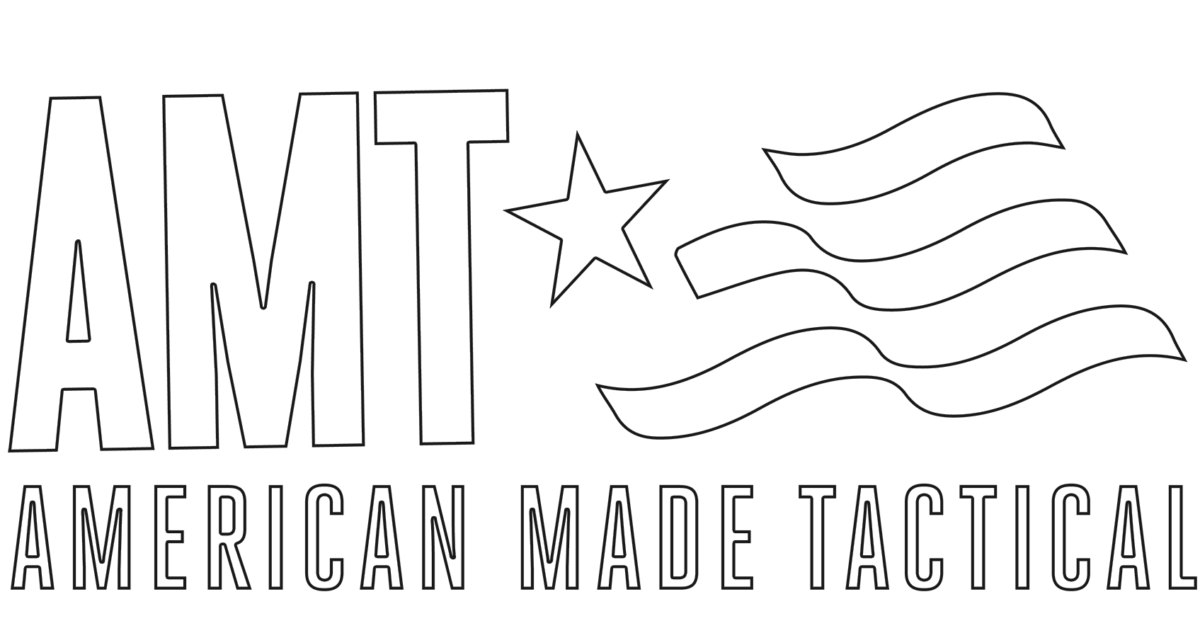80 Lower Jig Kits, 80 Lower News and Notes, 80 Lowers
5 Common Questions about AR-15 Pistols
Any shooter who is familiar with the AR-15 is well aware that it’s a rifle platform rather than a pistol platform. So, how can a rifle possibly be classified as a pistol? Well, the answer to that question lies in an obscure section of a U.S. law called the National Firearms Act. However, using a rifle receiver to build a pistol does come with some legal restrictions which give rise to certain questions about AR-15 pistols. Thus, in this article, well address and answer each of those questions.
What is an AR-15 Pistol?
So, obviously the first question is what exactly is an AR-15 pistol and how does it differ from an AR-15 rifle?
Well, according to the commonly accepted definition, a pistol is a firearm that is designed to be held in, and fired by, a single hand whereas, a rifle is designed to be held with both hands and fired from the shoulder. But, according to the National Firearms Act, a firearm is classified as a “pistol” if it has a total barrel length of less than 16 inches (including any flash suppressor that may be attached to the barrel) and, an overall length of less than 26 inches.
Therefore, an AR-15 with a butt stock and a standard length of pull, an 11.5 inch barrel, and a 5.5 inch flash suppressor (a common configuration that totals 16 inches) is classified as a rifle rather than a pistol because its overall length is greater than 26 inches. But, if a shooter removes the flash suppressor, the rifle then becomes either a pistol or a short-barreled rifle (aka SBR) depending on whether it has a bare buffer tube, a pistol brace, or a butt stock.
What is the Difference between an AR-15 Pistol and Short Barreled Rifle?
Consequently, this is where the definition of an AR-15 pistol becomes somewhat murky because, if the overall length of an AR-15 rifle is shortened to less than 26 inches or, its length- of-pull (aka LOP) is shortened to less than 13.5 inches, then it is classified as either a pistol or a short-barreled rifle depending on whether it has a bare buffer tube, a brace, or butt stock. Therefore, modifying a standard AR-15 rifle to have a barrel length shorter than 16 inches, modifying it to have a LOP of less than 13.5 inches, or modifying it to have an overall length of less than 26 inches will cause it to be reclassified as either an SBR or a pistol.
Furthermore, this distinction is also dependent on whether or not the firearm has a bare buffer tube or a butt a stock or a brace attached to the buffer tube. Thus, if the rifle mentioned above were to have a bare buffer tube and a barrel that measured less than 16 inches, then it would be classified as a pistol. In addition, if it were to have brace attached to the buffer tube and a barrel of less than 16 inches, then it would also be classified as pistol However, if the same firearm were to have a rifle stock attached to the buffer tube and a barrel of less than 16 inches, the it would be classified as short barreled rifle instead of a pistol.
So, in order for a AR-15 to be classified as pistol rather than rifle, it must have a barrel shorter than 16 inches. In addition, it must also have either a bare buffer tube or a brace rather than a butt stock and, it must also have a total overall length of less than 26 inches.
Last, it should also be noted that it is also not legal to attach certain accessories such a vertical foregrip to an AR-15 pistol and thus, a shooter should thoroughly research the laws pertaining to AR-15 pistols before adding any accessory.
What is the Difference between a Pistol Brace and a Buttstock?
So, what it the difference between a buttstock and a pistol stabilizing brace? Well, the Pistol Stabilizing Brace was originally introduced in 2013 by Alex Bosco of SB Tactical to provide wounded and/or disabled veterans a means of shooting an AR-15 pistol with a single hand. Therefore, AR-15 pistol braces appear very similar to AR-15 buttstocks but, they commonly feature an adjustable length-of-pull (the distance from the trigger to the butt of the brace) that does not exceed 13.5 inches and a Velcro strap which is designed to wrap around the shooter’s arm.
A rifle’s buttstock on the other hand commonly features a length of pull that is significantly longer than 13.5 inches and, it lacks the Velcro strap that defines a pistol brace because buttstocks are designed to be placed against the shooter’s shoulder.
Consequently, the two defining factors that differentiate a pistol stabilizing brace from a rifle’s buttstock are that pistol braces feature a length-of-pull of less than 13.5 inches and have a Velcro strap that is long enough to wrap around the shooter’s arm whereas, buttstocks feature a length-of-pull greater than 13.5 inches and lack the Velcro strap.
Are AR-15 Pistols Legal?
So, now that we have determined how an AR-15 pistol differs from an AR-15 rifle, the next question most shooters have is whether or not it is legal for a shooter to own an AR-15 pistol without a special permit and, the answer is yes.
Due to the fact that AR-15 pistols are classified as pistols rather than short-barreled rifles, they are free from the restrictions imposed by the Gun Control Act of 1968 which requires shooters to pay a $200 fee to obtain a special tax stamp and to inform the Sherriff in the county in which they live that they are legally in possession of a short barreled rifle.
Therefore, it is legal for any American citizen who is also legally able to own a firearm to own an AR-15 pistol provided that they do not attach a butt stock to the buffer tube or a vertical foregrip and, provided that they do not modify the firearm such that it has a length of pull of less than 13.5 inches or an overall length of less than 26 inches.
Can You Legally Build Your Own AR-15 Pistol?
Of course, the question of whether or not it’s legal for a shooter to own an AR-15 pistol leads to the question of whether or not it’s legal for a shooter to build an AR-15 pistol and, once again, the answer is yes.
In fact, many shooters choose to build their own AR-15 rifles and pistols using 80 complete lower receivers, lower receiver parts kits, and upper receiver barrel assemblies such as those offered by American Made Tactical.
So, as long as a shooter builds their AR-15 pistol with a total barrel length of 16 inches and an overall length of less than 26 inches and, they do not attach either a butt stock or a vertical foregrip to the firearm, then any shooter who can legally own a firearm can also legally build their own AR-15 pistol
So, if you are one the thousands of shooters who are fascinated with the idea of having a small, compact, AR-15 but don’t care for the $200 tax or the excessively long wait time required to obtain the necessary tax stamp, then an AR-15 pistol may very well be the perfect solution.
In addition, you can easily construct your own AR-15 pistol using an 80 percent complete lower receiver, a lower receiver parts kit, and an upper receiver assembly which can all be purchased from American Made Tactical. In fact, by constructing your own AR-15 pistol, you can not only own a completely legal and highly compact version of an AR-15, you are also not required to inform any law enforcement agency that you have it. Thus, by building your own, you can legally own an AR-15 pistol that is completely off of the grid.

